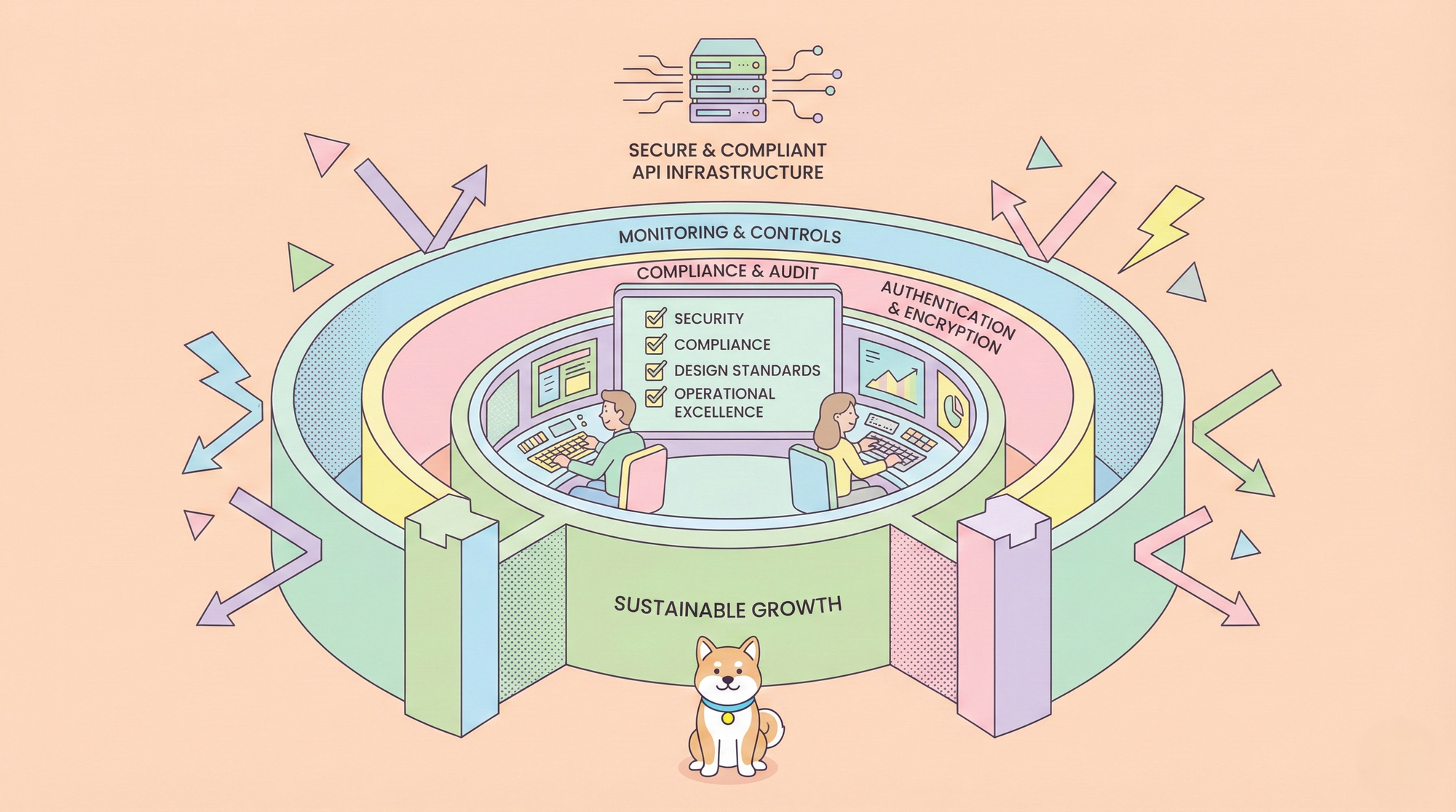In our comprehensive MongoDB tutorial, we delve into MongoDB Atlas, defining it as a fully managed cloud database service designed to simplify the deployment, scaling, and management of MongoDB clusters. Discover the key differences between MongoDB and MongoDB Atlas.
Is MongoDB Atlas a Server?
No, MongoDB Atlas is not a traditional server in the sense of a physical or virtual machine that you manage directly.
What is MongoDB Atlas?
MongoDB Atlas is a fully managed cloud database service that enables users to easily deploy, manage, and scale MongoDB databases. It provides automated infrastructure handling, continuous backups, security features, and the flexibility to scale databases horizontally to meet varying workloads.
MongoDB Atlas supports various cloud platforms such as AWS, Azure, and Google Cloud Platform, allowing users to run MongoDB in a cloud environment without extensive server management.
Compass Example:
MongoDB Compass is the official graphical user interface (GUI) for MongoDB. It provides a visual representation of MongoDB data, allowing users to explore and interact with their databases more intuitively.
With features like a graphical schema view, query builder, and real-time performance statistics, Compass simplifies the development and management of MongoDB databases. For example, developers can use Compass to visually construct complex queries, analyze data structures, and monitor database performance, enhancing their overall MongoDB experience.
MongoDB vs MongoDB Atlas: What Are the Differences?
MongoDB Atlas and MongoDB Compass are two key components of the MongoDB ecosystem, designed to simplify the development and management of MongoDB databases.
Here is a simple comparison for you. It is beneficial for the beginner to understand the difference between MongoDB and MongoDB Atlas.
MongoDB:
- Self-hosted NoSQL database.
- Requires manual deployment and management.
- Offers greater control and customization.
- Maintenance tasks are the user's responsibility.
MongoDB Atlas:
- Fully-managed cloud database service.
- Automated deployment, scaling, and maintenance.
- Integrates with major cloud providers.
- Ideal for users who prefer a hands-off approach to database management.
Next will explain MongoDB and MongoDB Atlas in detail.
MongoDB Atlas:
MongoDB Atlas is a fully managed cloud database service provided by MongoDB. It allows developers to deploy, manage, and scale MongoDB databases with ease, without the need for manual configuration or infrastructure management.
Some key features of MongoDB Atlas include automated backups, monitoring, and the ability to deploy clusters across multiple cloud providers. It provides a user-friendly interface for database administrators and developers to configure and monitor their MongoDB deployments efficiently.
MongoDB Compass:
MongoDB Compass is a graphical user interface (GUI) tool for MongoDB that provides a visual representation of your data and allows for easy manipulation and exploration.
It offers a user-friendly interface to interact with MongoDB databases, making it simpler for developers to query and analyze data without extensive knowledge of MongoDB query language. Compass allows users to visually explore the structure of their data, build queries with a drag-and-drop interface, and optimize performance by understanding the distribution of data in the database.
Example:
Imagine you have a MongoDB Atlas cluster hosting data for an e-commerce application. You can use MongoDB Compass to visually explore the collections, understand the schema, and run queries to retrieve specific information.
For instance, you might want to find all the products in a certain price range or identify customers who made purchases within a specific time frame. MongoDB Compass makes it easy to perform such tasks through its intuitive interface, while MongoDB Atlas takes care of the underlying infrastructure, ensuring the scalability, security, and reliability of the database.
What are the Uses of MongoDB Atlas?
- Cloud Database Deployment: MongoDB Atlas allows users to deploy MongoDB databases in the cloud without the need for manual configuration. It supports major cloud providers such as AWS, Azure, and Google Cloud Platform, offering flexibility in choosing the hosting environment.
- Automated Scaling: MongoDB Atlas provides automated scaling capabilities, allowing users to easily adjust the capacity of their database clusters based on demand. This ensures optimal performance without manual intervention.
- Backup and Recovery: Automated backup features in MongoDB Atlas ensure that regular backups of your data are taken. This simplifies the process of data recovery in case of accidental deletion or other data loss scenarios.
- Security Features: MongoDB Atlas includes robust security features such as network isolation, encryption at rest, and authentication mechanisms, ensuring that your data is protected against unauthorized access.
- Monitoring and Alerts: MongoDB Atlas offers monitoring tools that allow users to track the performance of their databases. It provides insights into key metrics, and users can set up alerts to be notified of any potential issues.
- Global Cluster Deployment: Users can deploy MongoDB Atlas clusters in multiple regions globally. This enables low-latency access for users across the world and provides high availability by distributing data across different geographic locations.
- Integration with MongoDB Tools: MongoDB Atlas seamlessly integrates with MongoDB's ecosystem of tools, including MongoDB Compass (a GUI for MongoDB), making it easier for developers to work with and manage their databases.



